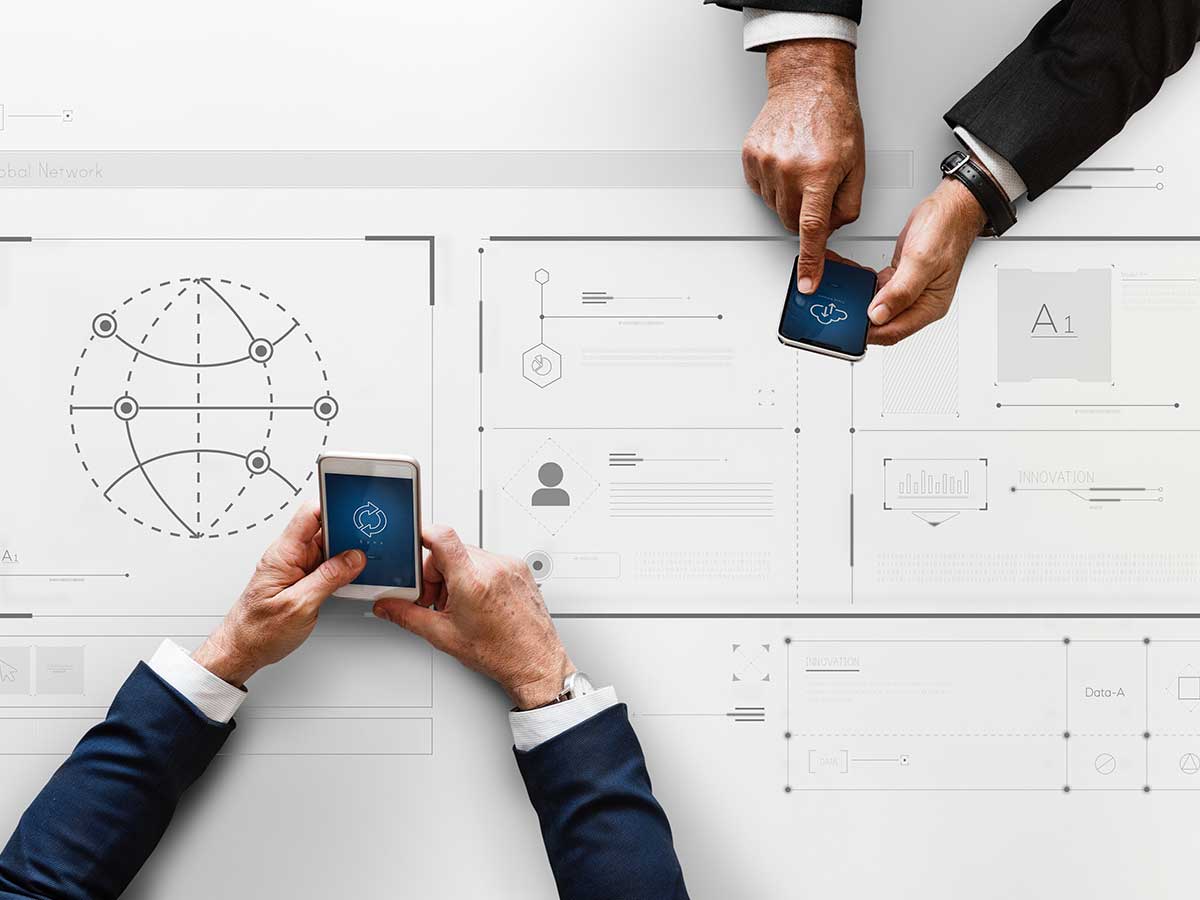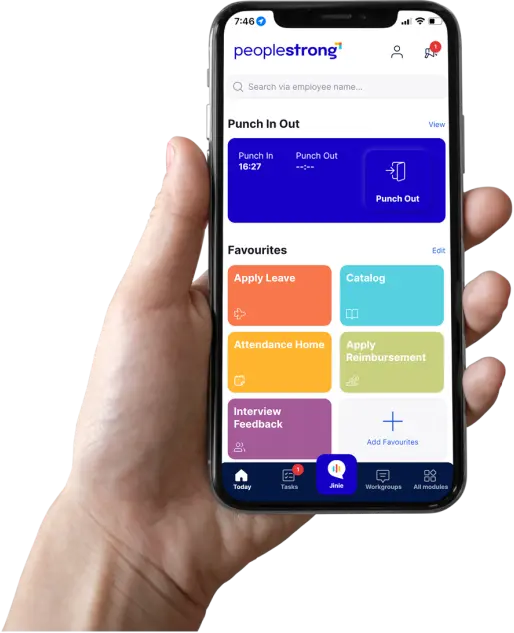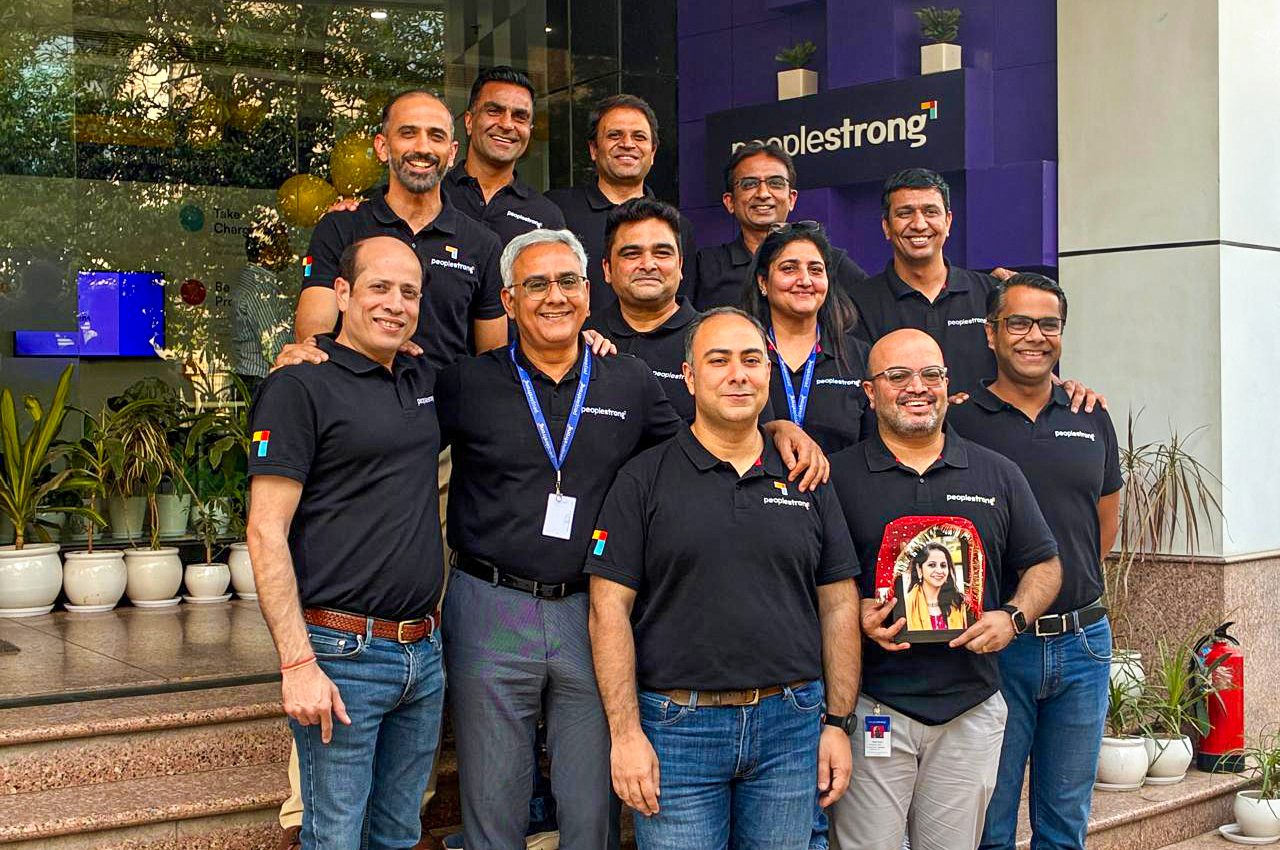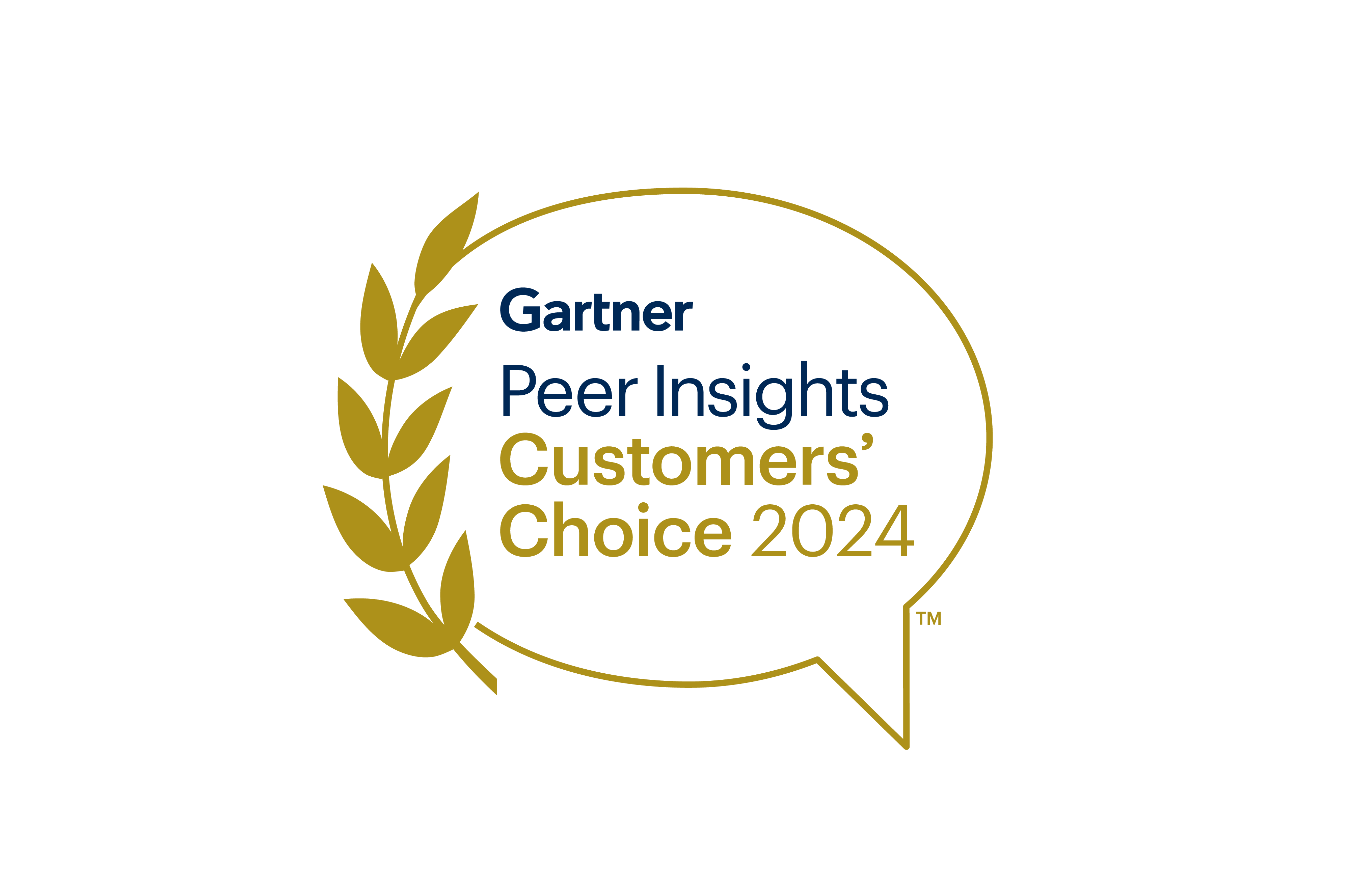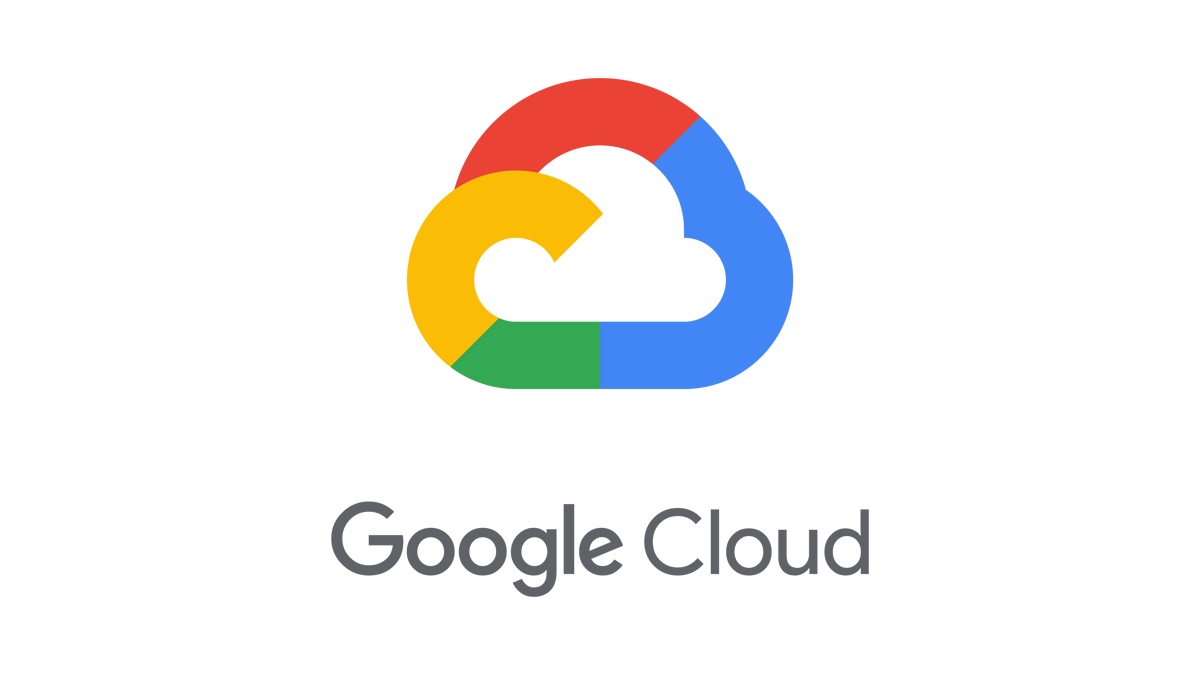Sometime or the other in the recent past, we’ve all overheard conversations or caught snippets of discussions about the great ‘UX (User Experience)’, or the poor ‘UI (User Interface)’ of a product. With an ever expanding and ever evolving digital environment, we come across such terminologies almost every day and often end up confusing one with the other. Consider the above example, though both these terms sound similar, they actually mean two different things.
The difference is not only significant; It’s eye-opening when you know it. To illustrate the difference between UI and UX Design, checkout the image below.

Let’s start with the shape of the bottle.. Using the glass bottle to pour the ketchup is messy because you must shake it vigorously, punch it’s base and ketchup just splatters on your plate. On the other hand, getting ketchup out of the plastic bottle is simple and neat. All you have to do is squeeze the bottle. Idea is to have a shape which improves the usability of the product. And when that is the case – UX comes into picture.
Now consider the appearance of the bottle. The plastic bottle looks a bit burly and unrefined. However, the glass bottle looks neater and satisfies our concept of the typical shape that a bottle must have according to our brain. And this what UI means – It focuses on visual appeal rather than usability.
In the world of HR technology solutions, understanding this difference is what holds the key to making a smarter decision, while evaluating an HR SaaS product. Moving beyond UI to consider User Experience ( UX) casts HR in a whole new role – from being a “process developer” to an “experience architect.” It encourages HR to reimagine every aspect of work and provide a solution which is most liked by its users.
But how can the HR teams ensure that they are focusing on usability? Is there a quick checklist that they can use. Well here are the key components to look out for an impactful HR SaaS solution:
- A simplified UI –
What you need to consider is an intuitive platform that is easy to understand and uncluttered, so that provides only as much information as an employee needs. A lot of HRMS solutions, in the pursuit of data transparency, overwhelm people with an overload of information, which ultimately proves to be highly counter-productive.
- Consistency of experience –
Look for an HR platform that provides you the same experience, be it on the web or mobile.
- Unified View–
A best-in-class SaaS HR software will offer you a single window of data, something that you can access without the hassle of logging in into different systems.
What looks good on paper or in a product demo doesn’t always translate into a good user experience. If you find the usage poor, chances are the return on investment will be too.
With an organization’s focus on people, HR leaders have an opportunity to be designers, creating a more engaging and effective HR SaaS solution. Applied correctly, design thinking is a rigorous, disciplined method of problem-solving. It represents an opportunity for HR to reshape how it works with the organization and to redesign its own procedures, using technology to ensure positive employee interactions. So, next time when you go out to buy any SaaS based HR technology solution, you would know the differentiation amongst the two to make the right decision.
